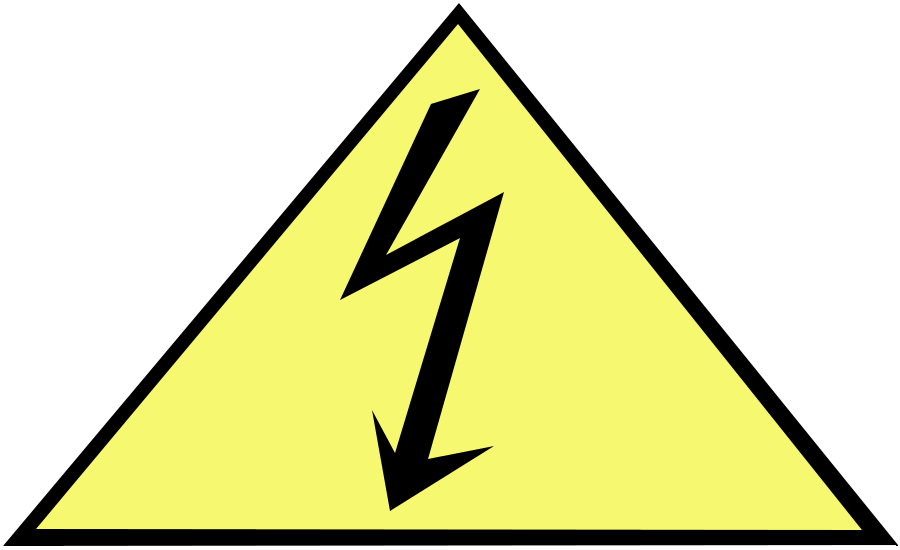Electrical contractors are responsible for the health and safety of employees who are exposed to a variety of hazards. Some of these hazards are obvious, such as electrical shock and electrocution. Others, such as musculoskeletal disorders (MSDs), back injuries, slips and falls, or automobile-related incidents may not be as obvious. The occurrence of these injuries is increasing as the scope of work performed by the typical electrical contractor and the age of the work population increases. While much of their work is still concentrated in construction, they may also perform building maintenance or installation of data a networking applications.
Electricity travels in closed circuits, normally through a conductor. Shock results when the body becomes part of the electrical circuit; current enters the body at one point and leaves at another.
Metallic parts of electric tools and machines can become energized if there is a break in the insulation of their wiring. A low-resistance wire between the metallic case of the tool/machine and the ground - an equipment grounding conductor - provides a path for the unwanted current to pass directly to the ground. This greatly reduces the amount of current passing through the body of the person in contact with the tool or machine. Properly installed, the grounding conductor provides protection from electric shock.
Three primary factors affect the severity of the shock a person receives when he or she is a part of an electrical circuit:.
- Amount of current flowing through the body (measured in amperes).
- Path of the current through the body.
- Length of time the body is in the circuit.
Other factors that may affect the severity of the shock are:
- The voltage of the current.
- The presence of moisture in the environment.
- The phase of the heart cycle when the shock occurs.
- The general health of the person prior to the shock.
Effects can range from a barely perceptible tingle to severe burns and immediate cardiac arrest.
The most common shock-related injury is a burn. Burns suffered in electrical incidents may be one or more of the following three types:
Electrical burns cause tissue damage, and are the result of heat generated by the flow of electric current through the body. Electrical burns are one of the most serious injuries you can receive and should be given immediate attention.
High temperatures near the body produced by an electric arc or explosion cause arc or flash burns. They should also be attended to promptly.
Thermal contact burns occur when skin comes in contact with overheated electric equipment, or when clothing is ignited in an electrical incident.
Source: OSHA


